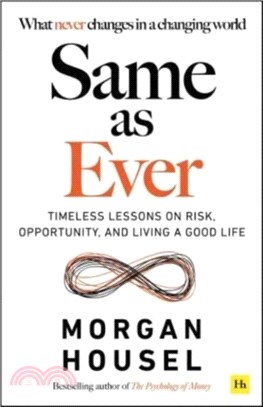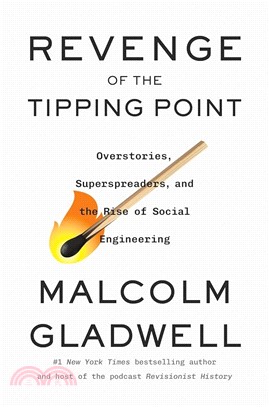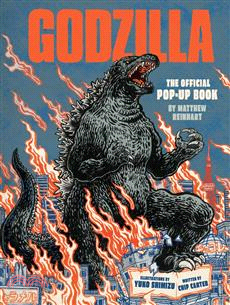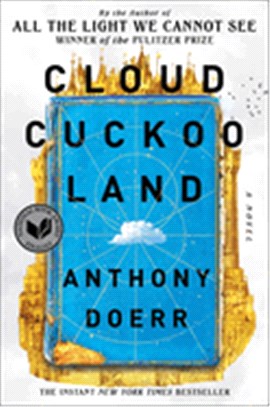Orayvi Revisited: Social Stratification in an "Egalitarian" Society
商品資訊
ISBN13:9780933452336
出版社:School for Advanced Research on the
作者:Jerrold E. Levy
出版日:1992/08/01
裝訂:平裝
定價
:NT$ 1750 元無庫存,下單後進貨(到貨天數約30-45天)
下單可得紅利積點:52 點
商品簡介
作者簡介
相關商品
商品簡介
The Hopi Indians of Arizona have long been portrayed in the anthropological literature as a sober, peaceful, and cooperative people with an egalitarian social organization. Hopi ideology itself encourages this perception. But, as Jerrold E. Levy argues in Orayvi Revisited, traditional Hopi society was divided by an internal contradiction between an ideology of cooperation and integration and a highly stratified system of land control. In 1906, this contradiction led the Third Mesa village of Orayvi to split into two factions, a split characterized by Levy as "a revolt of the landless."
In his penetrating analysis of the hierarchical elements of Hopi society, Levy ranks the land owned by each Hopi clan according to its quality and finds a mirror of this ranking in the clans' differential access to ceremonial offices. Working against this hierarchical structure were traditions such as village endogamy that functioned to increase cohesion. These opposing forces kept Hopi society in a state of dynamic tension - a tension that in times of environmental stress could erupt in the social trauma of factionalism and village fissioning.
Using the recently rediscovered turn-of-the-century field notes of Mischa Titiev and the federal census data of 1900, Levy achieves the first quantitative analysis of the 1906 Orayvi split. He also provides a lucid reading of the role of ideology and myth - and the Hopi concept of history as prophecy - in promoting village cohesiveness. During the Orayvi split, each faction was able to use this ideology to formulate prophecies and interpret myths to support its own position. By addressing both anthropological and Hopi interpretations of the split, Levy gives the reader a comprehensive understanding of this fundamental event in Southwestern Pueblo history. In the process, he answers a number of long-standing questions about the much-debated nature of Hopi society.
In his penetrating analysis of the hierarchical elements of Hopi society, Levy ranks the land owned by each Hopi clan according to its quality and finds a mirror of this ranking in the clans' differential access to ceremonial offices. Working against this hierarchical structure were traditions such as village endogamy that functioned to increase cohesion. These opposing forces kept Hopi society in a state of dynamic tension - a tension that in times of environmental stress could erupt in the social trauma of factionalism and village fissioning.
Using the recently rediscovered turn-of-the-century field notes of Mischa Titiev and the federal census data of 1900, Levy achieves the first quantitative analysis of the 1906 Orayvi split. He also provides a lucid reading of the role of ideology and myth - and the Hopi concept of history as prophecy - in promoting village cohesiveness. During the Orayvi split, each faction was able to use this ideology to formulate prophecies and interpret myths to support its own position. By addressing both anthropological and Hopi interpretations of the split, Levy gives the reader a comprehensive understanding of this fundamental event in Southwestern Pueblo history. In the process, he answers a number of long-standing questions about the much-debated nature of Hopi society.
作者簡介
Jerrold E. Levy is professor of anthropology at the University of Arizona.
主題書展
更多
主題書展
更多書展今日66折
您曾經瀏覽過的商品
購物須知
外文書商品之書封,為出版社提供之樣本。實際出貨商品,以出版社所提供之現有版本為主。部份書籍,因出版社供應狀況特殊,匯率將依實際狀況做調整。
無庫存之商品,在您完成訂單程序之後,將以空運的方式為你下單調貨。為了縮短等待的時間,建議您將外文書與其他商品分開下單,以獲得最快的取貨速度,平均調貨時間為1~2個月。
為了保護您的權益,「三民網路書店」提供會員七日商品鑑賞期(收到商品為起始日)。
若要辦理退貨,請在商品鑑賞期內寄回,且商品必須是全新狀態與完整包裝(商品、附件、發票、隨貨贈品等)否則恕不接受退貨。
























